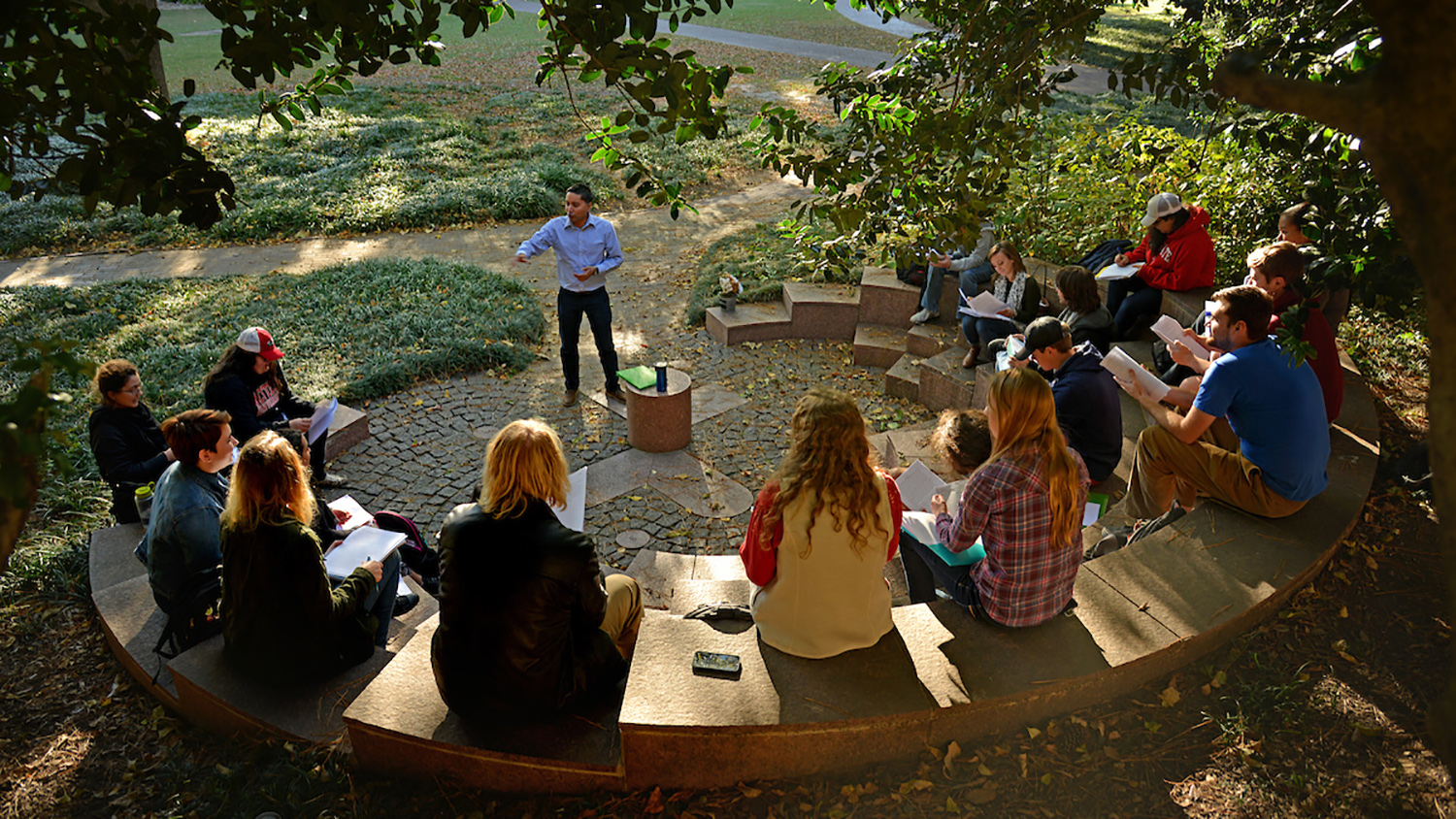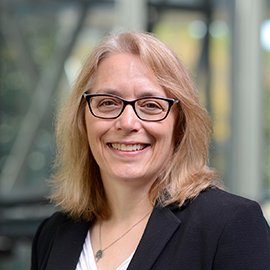Pack Hacks for Faculty: Integrating Scholarship into Teaching Roles

Welcome back to Pack Hacks for Faculty. Each month, a member of the NC State faculty will provide quick tips, advice and other insight to facilitate your teaching, research, scholarship or engagement activities. If you are interested in making a submission for a future Pack Hacks for Faculty, please review our submission guidelines and contact provost-communications@ncsu.edu if you have questions.
This month, Diane D. Chapman, director of the Office of Faculty Development and a teaching professor in the Department of Educational Leadership, Policy and Human Development, gives us insight into making scholarship an important component of successful teaching.
Integrating Scholarship into Teaching Roles

I consider scholarship an essential part of my role as a teaching professor for several reasons, including: the university values scholarship, my need to continuously improve what I do, my desire to make instructional changes based on evidence, and my goal to increase the success of the students I teach. There are more, but these are the primary reasons I became interested in the Scholarship of Teaching and Learning or SoTL as it is commonly called.
The heart of SoTL involves reflecting on, studying, analyzing, and communicating aspects of teaching and learning, especially in one’s discipline. Getting started in SoTL can be intimidating, but can actually be done by anyone in a teaching capacity with some planning. To help demystify the process, I have five tips for integrating SoTL into your teaching.
Study What You Do
Start in a course you currently teach. By doing so, you already know the discipline and may be familiar with its teaching and learning issues. Questions about your teaching are endless, which means if you teach, you have a built-in laboratory for answering your own questions.
Start with Questions You Want to Know
While literature is a great source of questions for study around topics of teaching and learning, so are classroom instructors. Your first SoTL project might be focused on a nagging question you’ve had about teaching your course.
Find a SoTL Partner
There is no reason that you need to begin your SoTL journey on your own. There are many people who regularly study teaching and learning on this campus — if not in your discipline, in others. Seek them out by attending teaching and learning-based events and reading SoTL literature.
Baby Steps
There is no need to start with an enormous study or publish in a journal. You can design a study around one question, strategy, lesson plan or semester. In fact, it is much easier to accomplish a larger study if you do so building upon a smaller one. While publishing your results in journals and presenting at conferences will gain more exposure, it may be less intimidating to think about sharing your SoTL story with your colleagues. Once that is done, think about a conference poster, then maybe move on to a paper.
Share Your Stories
Notice I did not say “share your research.” While I believe that it’s important to communicate your SoTL work, that does not always mean only the findings. While instructors are curious about changing their practices based on your findings, they will also be interested in your process. Also consider conferences, poster sessions and workshops as ways to get the word out.
Doing SoTL work is gratifying. Benefits include greater understanding of your teaching, expertise in how to facilitate student success, and results in evidence that can help colleagues. If you want to get started in SoTL or find others who share a passion for teaching there are resources. The Office of Faculty Development (OFD) usually offers a SoTL Institute annually intended to jumpstart SoTL projects, and you can join the OFD listserv to find out about all upcoming events. You may also consider becoming a TH!NK faculty member to learn how to cultivate students’ higher order skills in critical and creative thinking. Explore a group called Faculty Interested in Teaching (FIT) who meets regularly to discuss teaching and learning in higher education, and there is the Teaching and Learning Symposium held annually to highlight SoTL projects by faculty across campus.
Diane D. Chapman is director of the Office of Faculty Development and a teaching professor in the Department of Educational Leadership, Policy and Human Development in the College of Education. She can be reached at ddchapma@ncsu.edu.
- Categories:


